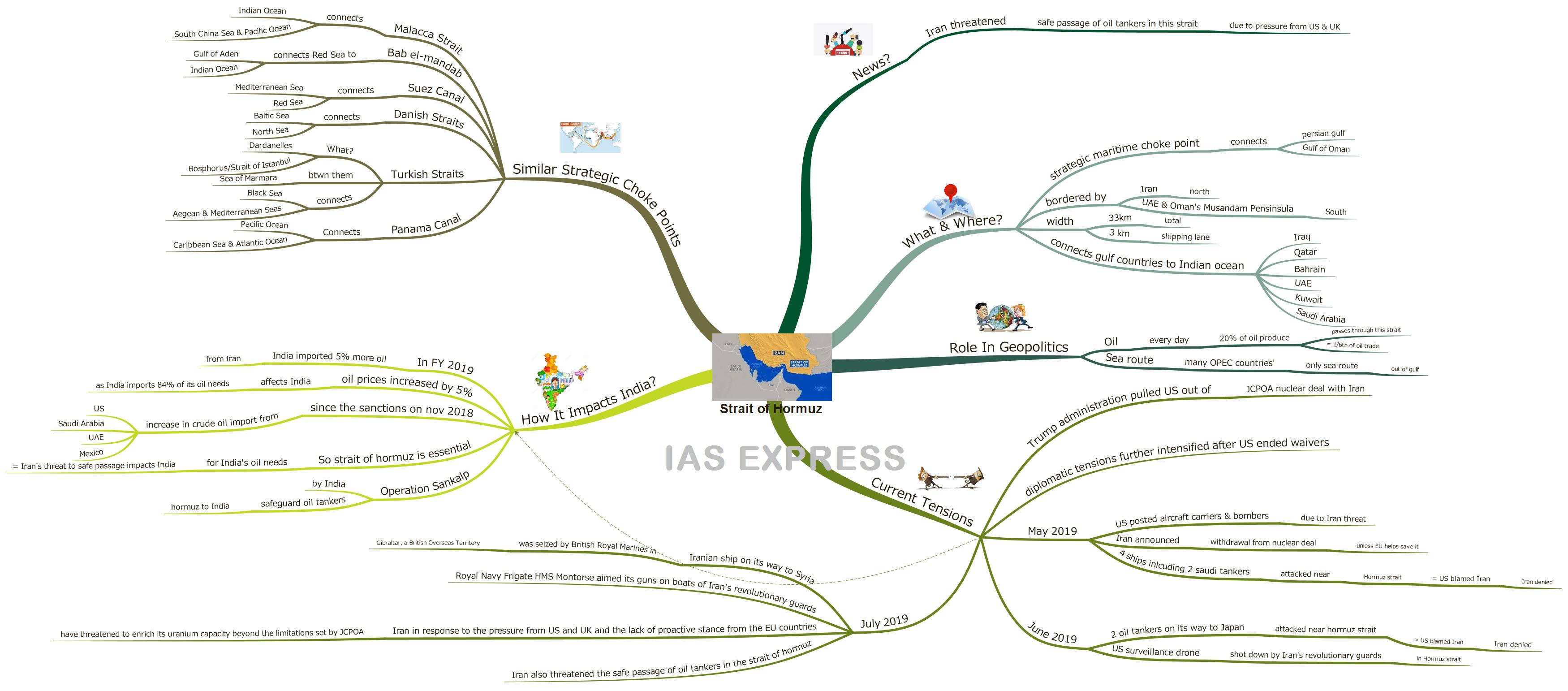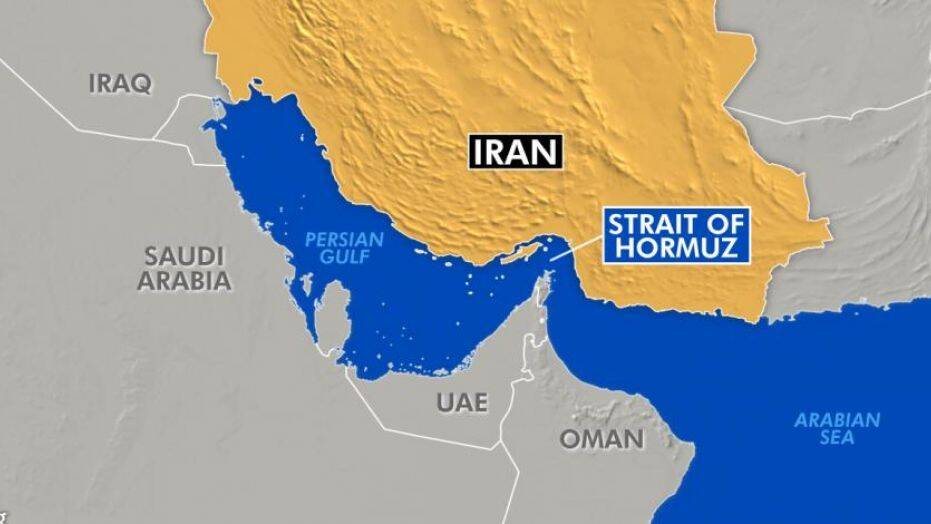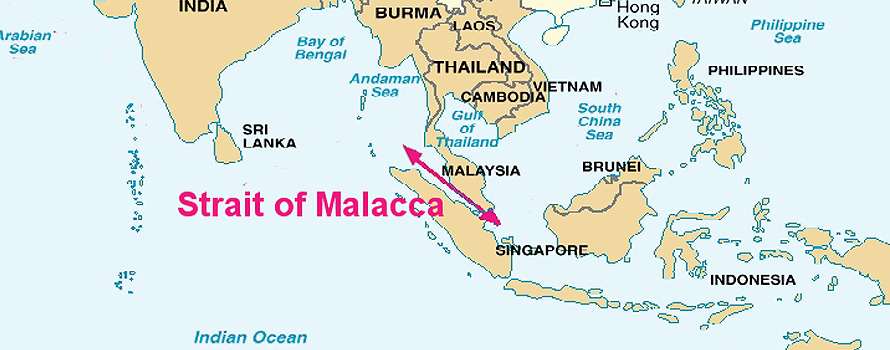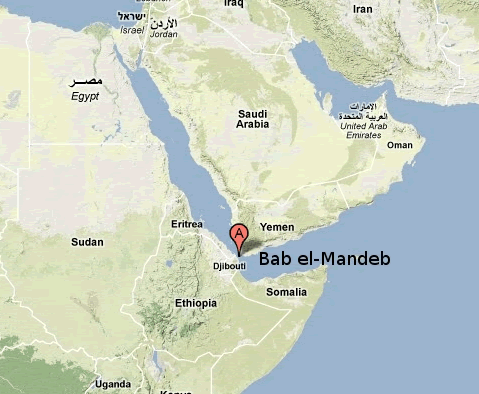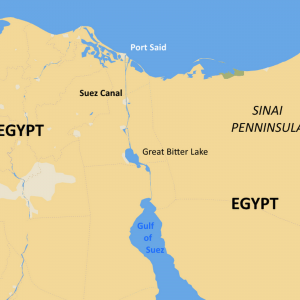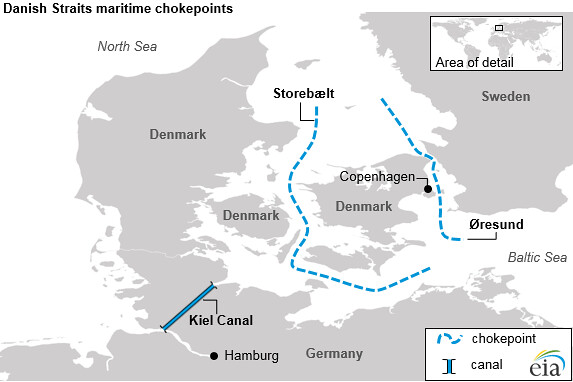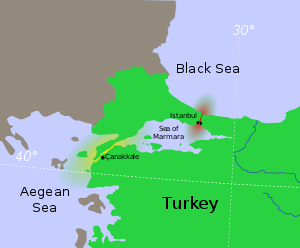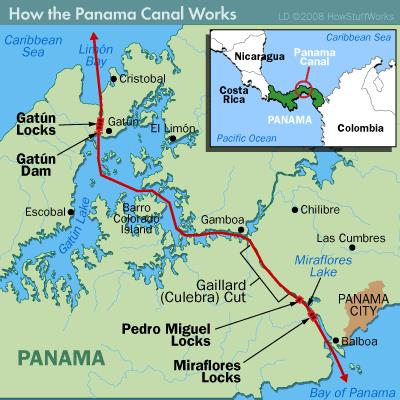Strait of Hormuz – Economic & Strategic Significance
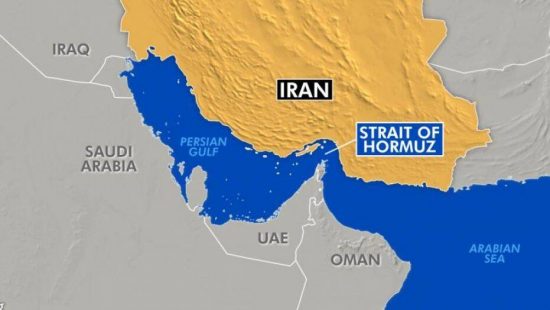
The strait of Hormuz plays a vital geopolitical role to the point where the US Fifth Fleet guards this strait. But during the recent days, Iran has threatened the safe passage of oil tankers in this strait in response to the crippling unilateral sanctions placed on its economy by the Trump Administration.
This topic of “Strait of Hormuz – Economic & Strategic Significance” is important from the perspective of the UPSC IAS Examination, which falls under General Studies Portion.
What is the strait of Hormuz and where is it located? (Important for prelims)
- Strait of Hormuz is a strategic maritime chokepoint that connects the Persian Gulf and the Gulf of Oman.
- It is bordered by Iran in the north and UAE and Oman’s Musandam peninsula in the south.
- It is approximately 33 km wide with shipping lane just 3km wide on both sides.
- It connects Gulf countries like Iraq, Qatar, Bahrain, UAE, Kuwait, and Saudi Arabia to the Indian Ocean.
Why the Strait of Hormuz play a vital role in Geopolitics?
- Oil: According to US Energy Information Administration, nearly 20% of the total oil produced (18.5 million barrels) passes through this strait annually i.e., one-sixth of the oil trade is dependent on this strait.
- Sea route: It is the only sea route out of Gulf for several OPEC countries (Organisation of Petroleum Exporting Countries) like Saudi Arabia, Iran, UAE and Kuwait who are mainly dependent on this waterway. Qatar, the biggest LPG exporter is also at the mercy of this strait.
- Due to this tremendous significance, the US fifth fleet guards this strait.
What are the current tensions surrounding the Strait of Hormuz?
- The international political tensions in this region arose after Trump administration pulled US out of JCPOA/ Joint Comprehensive Plan of Action signed between Iran and P5+1 countries i.e., USA, UK, Russia, China, France, and Germany in the year 2015.
- The diplomatic tensions further intensified after the US ended waivers that allowed 8 countries– India, China, Japan, South Korea, Taiwan, Turkey, Italy and Greece to import oil from Iran.
- In May this year, the US justified it’s posting aircraft carriers and bombers in the Middle East by quoting Iran threat.
- Few days after this, Iran on May 8, announced that it will pull out of Iran Nuclear Deal unless EU helps save the same.
- On May 12, four ships that also include two Saudi oil tankers were attacked just outside the Strait of Hormuz. The US blamed Iran for the incident but the Iranian government negated this allegation.
- On June 12, Japanese Prime Minister Shinzo Abe visits Tehran and holds talks with Iran’s supreme leader Ayatollah Khamenei.
- On June 13, two oil tankers on its way to Japan were attacked near the Strait of Hormuz. Again, the US pinned the blame on Tehran which the later denied.
- Few days after this incident, on June 20, a surveillance drone belonging to the US was shot down by Iran’s Revolutionary Guards in the Strait of Hormuz. This is the first incident in which Tehran directly confronted its militarily powerful adversary. This incident almost brought the two countries to the brink of conflict.
- An Iranian ship on its way to Syria was seized by British Royal Marines in Gibraltar, a British Overseas Territory. Grace 1 supertanker was believed to be on its way to Baniyas Refinery in Syria. This seizure was done in accordance with EU sanctions on Syria.
- This incident further escalated the tensions between Britain and Iran. Royal Navy Frigate HMS Montorse aimed its guns on boats that were believed to be the belongings of Iran’s revolutionary guards. The said boats were accused of targeting BP oil tanker British Heritage at the north of the Strait of Hormuz.
- Iran in response to the pressure from US and UK and the lack of proactive stance from the EU countries have threatened to enrich its uranium capacity beyond the limitations set by JCPOA i.e., below 3.6% concentration of uranium.
- Iran has also threatened the safe passage of oil tankers in the Strait of Hormuz in response to the crippling unilateral sanctions placed on its economy by the Trump Administration.
How this development impacts India?
- In FY19 India imported 5% more oil from Iran.
- Oil prices have increased by 5% as India imports 84% of its oil needs.
- Since the sanctions on November 2018, India has imported 1, 84,000 barrels of crude oil from the US – a significant increase since the last fiscal.
- India’s imports of oil from Saudi Arabia and UAE have risen by 11% and 37% respectively. India also increased the import of oil from Mexico by 13%.
- Therefore, Iran’s threat to the safe passage in the Strait of Hormuz can have a negative impact on India’s oil imports.
- India has even deployed warships and aircraft to safeguard oil tankers from Strait of Hormuz on its way to Indian Territory – Operation Sankalp.
What are the similar strategic maritime chokepoints across the world?
- The maritime chokepoint is a narrow strip of water passage that connects two wider and economically important water bodies.
- There are several other maritime chokepoints that play a critical role in the global oil trade. They are as follows:
- Strait of Malacca: It connects the Indian Ocean with the South China Sea and the Pacific Ocean. According to the US Energy Information Administration, about 16 million barrels of oil pass through this strait mainly for the consumption of Japan, China, and Indonesia. It is also very narrow with just 1.7 miles width creating a bottleneck between the Pacific Ocean and the Indian Ocean.
- Bab el-Mandab: It connects the Red Sea to the Gulf of Aden and the Indian Ocean. Its width is only 18 miles wide at its narrowest point. According to US Energy Information Administration, the majority of southbound traffic passing through Suez Canal must also pass through Bab el-Mandeb. As of 2016, about 4.8 billion barrels of oil passed through this passage. The oil prices shot up after the fall of Yemenis Government due to the fear of threat in this shipping canal.
- Suez Canal: It connects the Mediterranean Sea and the Red Sea. It passes through the Isthmus of Suez of Egypt. Constructed by Suez Canal Company, it along with SUMED pipeline carries about 5.5 barrels of oil per day according to EIA.
- Danish Straits: it is a series of straits that connects the Baltic Sea in the east and the North Sea in the west. About 3.2 million barrels pass through this waterway per day. It is the most secure maritime chokepoint in the world. According to EIA, about 42% of oil passing through this route is from the Russian port in Primorsk. A few of British and Norwegian oil also passes through this strait. However, if Russia ever blocks this chokepoint it will be counterproductive as it will be closing down its own exports of oil.
- Turkish Straits: Dardanelles and Bosphorus or strait of Istanbul makes up the Turkish straits. Both these straits have Sea of Marmara between them. These chokepoints connect the Black Sea with Aegean and Mediterranean seas. The Turkish Straits accommodates about 2.4 million barrels of oil trade per day.
- Panama Canal: Owned by the Republic of Panama, the Panama Canal connects the Pacific Ocean with the Caribbean Sea and the Atlantic Ocean. As of 2016, only 0.9 million barrels of oil passed through this channel per day as the utility of this passage have diminished since the day it was built. The expansion project is undertaken by the Republic of Panama to increase its width.
Author: K.G.Karishma, Editor: Santhosh Kumar
